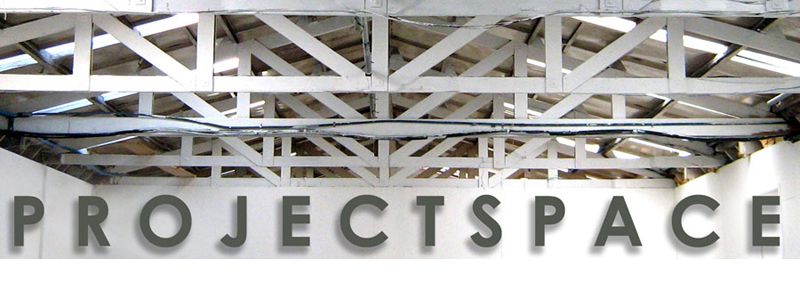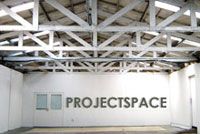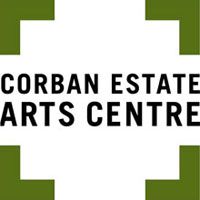Alexis
KM: I think I
first saw your printmaking in the 1990s when you were producing beautiful,
mysterious mezzotints of taonga – at that stage you had left Elam SFA and were
studying at the Slade School of Art in London. In what ways did being so
far from home affect your print-making practice and perspective on yourself?
AN: I felt I needed to go and see things
from another perspective to explore another side of my Identity and my
placement within that context. And I achieved that, I come back a lot more
confident in my ideas and had a better understanding or over sight of where my
position could be developed.
KM: Do you
think there are still misconceptions about the medium of printmaking? The
word alone is often confused with straight reproductions.
AN: Unfortunately
in New Zealand we are consistently defending Print and to educate the public is
not an easy thing. The diversity of the medium and its layers is very
technically demanding and challenging just for the artist alone, let alone the
average person to understand the process. So yes the conversation between
limited edition print verses reproduction is a difficult one. And it’s value.
KM: How has
tutoring over the years affected your perspective on your own work – if at all?
AN: I have really
enjoyed the teaching aspect as I love to share knowledge and its really
rewarding when you see your students achieve their goals. It certainly has
informed my practice and made me look at aspects of my own work, the directions
I have gone through and the surfaces I have been creating.
'Exchange for a musket'
KM: You’ve got
four days to get students into creating their own imagery: what do you enjoy
about teaching others?
AN: Introducing
students to new ways of working, asking them to consider layers and how they
build those layers. Being resourceful with found materials, how they could use
them within their work and just to experiment.
KM: How should
or can students generate ideas? A work-book?
AN: A work book is great as it
is a place where we can develop our thoughts and working drawings, a place to
store research in a particular area and a place to revisit later on. My self my
studio wall has become that work book. But honestly I say to my students
sometimes we need to work through the process to understand our ideas. Making
mistakes, learning what doesn’t work and what does.
KM: What kinds
of materials can add to the rich layering possible in printmaking?
AN: Re- cycled
materials like fabrics, organic surfaces, anything that can give you an impression.
Multiply printing using a number of plates inked up and printed on top of each
other creating constructed compositions. Chine Colle to collage or to add thin
wasi Japanese paper can enhance areas of imagery.
KM: What
qualities do you think are particular to printmaking as opposed to painting?
AN: Firstly they
are very different applications and processes, both giving very different
effects. The surface quality, the subtly of constructed line and tone and the
materials used on works on paper sits very different than paint on paper. The
print allowing us the multiply, and the painting, the original.
KM: Alexis,
you’ve claimed elsewhere that printmaking and its processes appealed to an
organized, methodical person such as yourself. Is there a balance to be
found and encouraged between the method, procedure and the happy accidents
along the way?
AN: I think
you’re either attracted to print or not, for me I enjoy the technical layers as
it allows me to develop my ideas through the process. And that unknown happy
accident draws me in even more to discover ‘what if’?
KM: How
does one incorporate playfulness and spontaneity with the discipline of making
editions of the same (consistent) image?
AN: Well the
edition is there to be challenged, but there is something quite rewarding when
you have spent a lot of time working on plates, creating your relief layers and
working out the order of what layers are going down first is where you start to
see the work take shape. There’s a technique in getting things consistent. And
to really answer your question, it’s in the mark making and the above surfaces
that keep it playful and fresh.
KM: What do you find each process within printmaking offers to your own
practice and development? For example, a mysterious quality with the dark
medium of mezzotint
AN: There has
been a continuous area of research and investigation made so far in my career
and sometimes print isn’t the best medium for my ideas. But print is the
backbone of my practice and it informs everything else that I do. I see print
as my working drawings, but those drawings have been made on plates allowing me
to manipulate in any way, giving me options. But I have chosen certain print
processes because I am seduced by the velvety black of a mezzotint, I am
seduced by the layers I can create through woven surfaces and the endless
possibilities of what if.
KM: What
elements do you feel make a picture, regardless of medium, compelling? Meaningful
concepts or rich allusions for example, or can a work stand on its formal
elements alone?
AN: Content is
really important to me and good execution of those ideas. Sometimes we can’t
always get it right but if you demand the viewer to look closely at your work I
believed it has worked on some level.
KM: What would
you like to see in terms of raising the profile for print medium in New Zealand
– to receive the same reception and exposure as painting?
AN: I
think it’s about time that the big gallery institutions start putting print
shows together that celebrate how rich print is in New Zealand. We need to show
case celebrity artists working in print through to emerging artists and
community based artists all in the some space. I’m in the process of curating a
Works on Paper show at Art Station in October 4th where I will be
installing print within a large Poutama wall installation to start that
conversation.
I think also maybe the more established galleries
should be show casing print more to meet the market and to educate them. We are
in a turbulent time where most people can’t afford to buy an original painting
and that’s where print should come in, making it more assessable to the public
to purchase at an affordable price depending on the edition size and who the
artist is.





